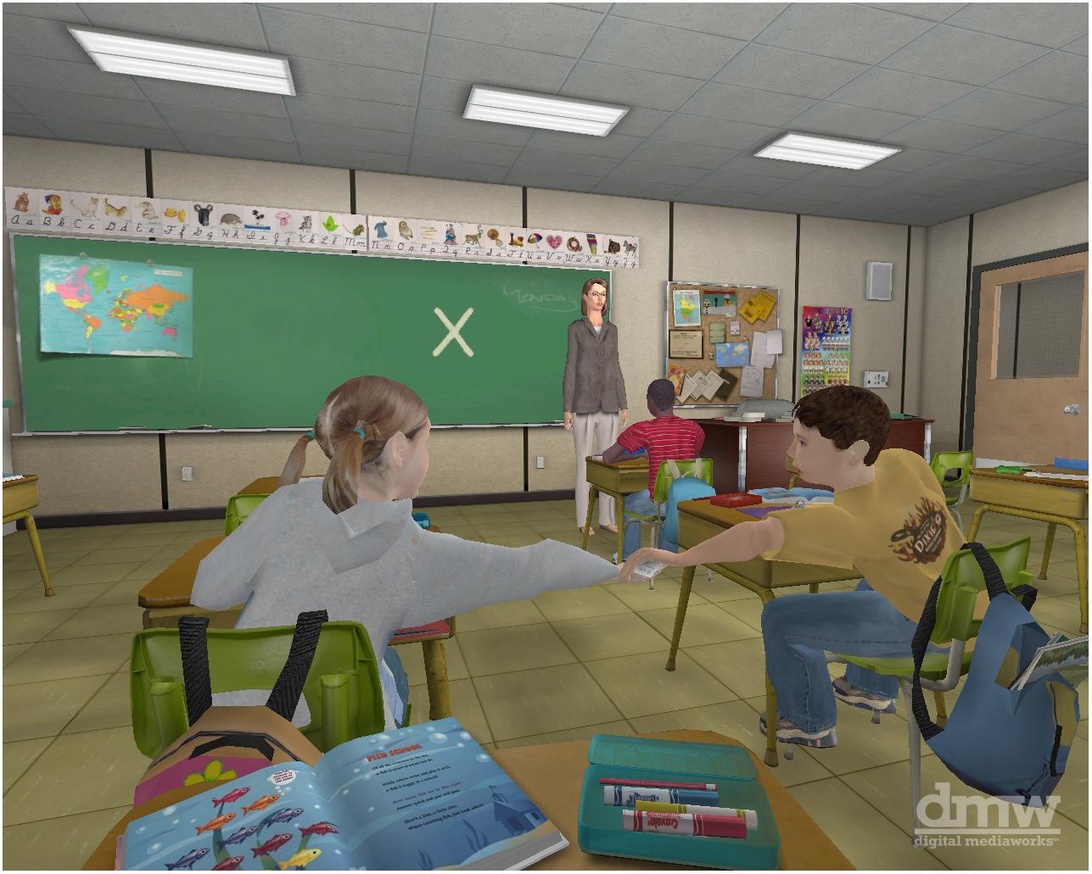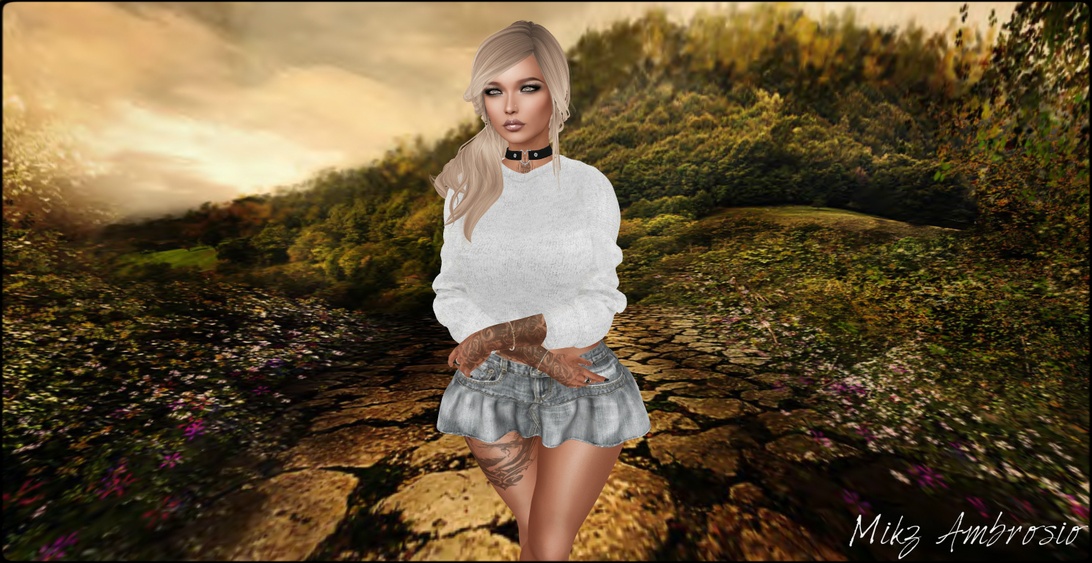The Role of Virtual Education in Second Life: Learning Without Boundaries
Second Life, the virtual world created by Linden Lab in 2003, has evolved beyond a platform for social interaction and entertainment. It has become a dynamic arena for education, blurring traditional boundaries and fostering new pedagogical opportunities. This article explores how Second Life redefines learning, creating a boundless educational environment, and examines its applications, benefits, and challenges.
A Unique Learning Environment
Second Life is a Multi-User Virtual Environment (MUVE) offering a rich 3D experience. Users, represented by avatars, interact in real-time within an environment created and owned by its residents. This provides a unique combination of spatial experience, avatar representation, and synchronous chat, creating an engaging and interactive platform, distinctly different from traditional online learning tools. The ability to create personalized avatars and communicate via text or voice chat promotes social interaction and collaboration, crucial for effective learning, particularly in distance education. This immersive nature fosters a sense of presence and engagement often absent in traditional online settings. Research from the University of Southern Queensland Repository emphasizes the importance of facilitating immersion in such virtual worlds.
Key Features and Terminology
Several features make Second Life unique. Users can build 3D objects, known as “prims” (short for “primitives”), which serve as the basic building blocks of the virtual world. Interactivity is added using Linden Scripting Language (LSL), allowing objects and avatars to respond to user actions and environmental changes. Other important terms include “SLURL” (a Second Life URL that links to a specific location), “teleport” (instantly moving from one location to another), and “inworld” (referring to events or actions taking place within Second Life). Understanding this terminology is key to navigating and utilizing the platform effectively.
Pedagogical Applications in Action
Second Life hosts diverse educational applications, from synchronous and asynchronous teaching to professional development. Institutions worldwide have embraced the platform. Harvard University, for example, experimented with the “CyberOne: Law in the Court of Public Opinion” course in Second Life. This demonstrated the platform’s ability to engage students from various locations, fostering a sense of community and encouraging participation, as detailed in an article on Computerworld. Similarly, Stanford University’s LEAD program, an online business certificate, utilizes a virtual campus built in collaboration with VirBELA (a platform similar to Second Life). While Second Life is a predecessor, platforms like VirBELA showcase the continued relevance of virtual worlds in education, offering immersive environments complete with avatars, lecture halls, and social spaces.
Fostering Creativity and 21st-Century Skills
Beyond specific courses, Second Life’s tools enable creative pedagogical methods. A study in the *International Journal of Educational Methodology* (2020) confirmed Second Life’s positive impact on art and design students’ creativity, highlighting its capacity for fostering 21st-century skills like problem-solving and imagination. Students used the platform to create avatars, design 3D objects, apply textures and colors, and even integrate scripts, leading to a “Good” rating in the design process and “Outstanding” to “Good” ratings for creativity, according to the study.
Diverse Examples Across Disciplines
Second Life’s applications extend beyond art and design. It facilitates immersive language learning through cultural experiences and interactions. Medical training can use it for simulated patient interactions, providing a safe practice environment. Scientific simulations, like exploring molecular structures, are also possible. Research also shows the practical value of these environments, such as a study within the Australian sugar industry where virtual worlds helped improve real-world decision-making skills. These diverse examples showcase Second Life’s versatility.
Impact on Distance Education
A major challenge in distance education is fostering community. Second Life addresses this by offering a virtual campus where students interact, regardless of location. This virtual presence, with avatars representing individuals, creates “co-presence,” enhancing the learning experience, as described in research from the Open University. This shared virtual space strengthens connections among students and instructors, promoting a more engaging environment.
Advantages of Virtual Education
Virtual education in Second Life transcends geographical limitations and promotes active participation. It can also reduce social barriers. Students often feel more comfortable sharing in a text-based environment, leading to a more inclusive classroom, as observed in Harvard’s Second Life experiment. The platform also offers multisensory stimulation and caters to different learning styles. The ability to learn at one’s own pace is particularly beneficial in distance education, as highlighted by research on *IntechOpen*.
Addressing Accessibility Needs
Second Life presents both opportunities and challenges for accessibility. While the platform may pose difficulties for users with certain disabilities, its customizable nature offers potential solutions. Text-based communication can benefit students with hearing impairments, while visual customizations can aid those with visual impairments. However, challenges remain. Users with motor skill limitations might find navigating the 3D environment difficult, and those with cognitive differences might require adapted interfaces. Ongoing efforts are crucial to ensure Second Life and similar platforms are fully accessible, including initiatives and communities within Second Life focused on these issues.
Challenges and Considerations
Despite the advantages, challenges exist. A study in the *Quarterly Review of Distance Education* (2010) highlighted a lack of empirical studies examining the effects of virtual worlds in distance education, demonstrating a need for more research in this area. There’s also a learning curve for both students and teachers to master the technology and new pedagogical approaches. Furthermore, institutions need to consider the financial investment required for virtual campuses and weigh the demonstrable advantages against existing, often cheaper, distance education technologies like video conferencing, as pointed out in an article on Inside Higher Ed.
Second Life vs. Newer Platforms
While Second Life was a pioneer, newer platforms like VirBELA have emerged. VirBELA addresses some of Second Life’s shortcomings by being a closed, education-focused platform with improved usability and a more controlled environment. However, the fundamental challenge remains: virtual worlds must offer significant advantages over existing technologies to achieve widespread adoption. The long-term success of these platforms depends on proving their pedagogical and economic value.
The Future of Learning
Virtual education in Second Life represents a significant step towards more boundless learning. By offering immersive and interactive environments, it can reshape education, creating opportunities unconstrained by physical distance. Virtual Reality (VR) adds further dimensions of interactivity. As technology evolves and research deepens, virtual education will likely play an increasingly important role. This isn’t about replacing physical classrooms but creating a complementary and enriching environment.
Getting Started with Second Life in Education
For educators interested in exploring Second Life, several resources are available. Educators can explore educational builds and simulations to get inspiration. The Second Life website and community forums offer tutorials and support. Several groups and communities of practice within Second Life connect educators to share best practices and collaborate on projects. Exploring these resources is a great first step towards leveraging the potential of Second Life for enhanced learning outcomes.


